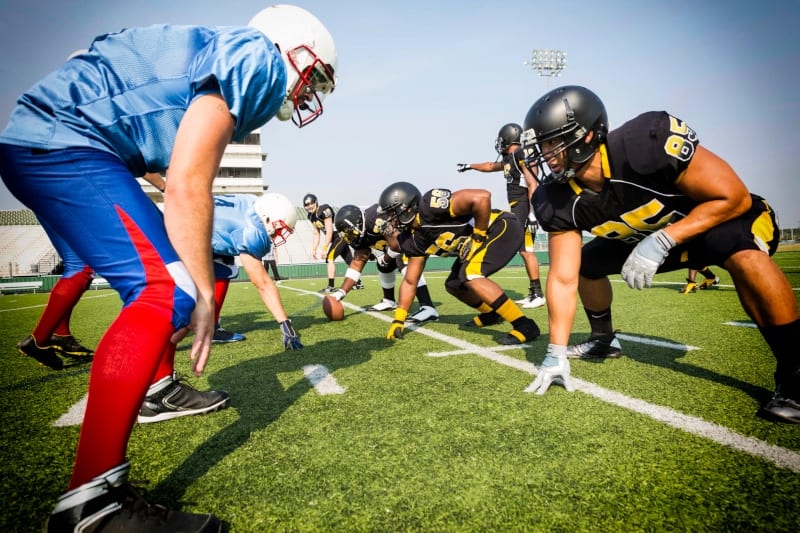Why many NFL players have early birthdays: Relative age effects in American Professional Football
Does your birthday affect the likelihood of becoming a professional American football player? Yes indeed! Researchers from Dartmouth College recently found evidence that players born at certain times of the year are more likely to play in the National Football League.
By Jack Heneghan
The term “relative age effect” describes the phenomenon by which children that are born early in the year (or in another relevant time period) often have developmental advantages over their later-born peers from the same cohort. The effects of this “head start in life” have been shown to exist in a wide range of areas, particularly in school and athletic settings. Until now, however, they had not been closely studied in professional American football.
To investigate the matter, researchers at Dartmouth College assembled data on almost 20,000 players from the National Football League (NFL) – including birthdays. By comparing the distribution of player births with births from the general population, they found evidence that NFL players are disproportionately born in the early months of each year, namely, January through March. According to the researchers, this indicates that developmental advantages possessed by relatively older players in early childhood carry into adolescence and impact individuals’ abilities to become professional athletes as young adults. The results of the study were recently published in the Journal of Quantitative Analysis in Sports.

School year effects
Given that American football is usually played through local education systems in the United States, the Dartmouth researchers considered whether age cutoff dates used by players’ school districts have created relative age effects. In cases where players attended public high school and the cutoff date used in their states could be confirmed, a disproportionate number of NFL players were born in fall months. This is consistent with what the authors call a school-based relative age effect.
The authors also looked at recent NFL drafts and found no evidence of teams biasing themselves against younger players in the annual football player draft. This finding is at odds with recent research on the National Hockey League draft, and it confirms that the disproportionately high number of relatively old players in the NFL is due to factors related to their development earlier in their athletic careers, before selection into the NFL.
As the authors write, their findings shed light on the fact that, even in as seemingly a meritocratic environment as the NFL, “physiological factors beyond player control on athletic success” are important, with the influence of these factors starting as early as childhood. More studies, particularly those that trace professional athletes that may have moved between school districts as children, are needed to continue to investigate this phenomenon.
Read the original article here: